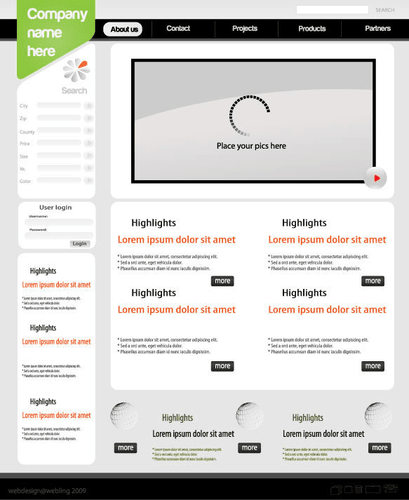
To claim R&D tax credits, businesses must document their qualifying expenses and complete IRS Form 6765 (Credit for Increasing Research Activities). The credit, typically ranging from 6% to 8% of annual qualifying expenses, offers businesses a direct offset against federal income tax liabilities. Additionally, businesses can claim up to $250,000 per year what is r&d in accounting against their payroll taxes. Applied research entails the activities used to gain knowledge with a specific goal in mind. The activities may be to determine and develop new products, policies, or operational processes. While basic research is time-consuming, applied research is painstaking and more costly because of its detailed and complex nature.
Building on the momentum of Cisco Hypershield and the acquisition of Splunk, Cisco is reimagining security at AI-scale
Big tech, finance, video games, big pharma, insurance, fashion — every industry needs people who can work with data, and that means that every industry has use for R programming skills. Many years ago, most would have said that R was a difficult language to learn. To solve these issues, Hadley Wickham created a collection of packages called tidyverse, which made data manipulation more intuitive. Quantitative analysts work for financial, banking, and other industries. R is perfect for quantitative analysts because it allows them to collect and analyze data and visualize it with stunning graphs that are easy to understand. R is a free software environment for statistical computing and graphics.
R tools, packages, and syntax
- Our Data Analyst in R path is an interactive course sequence that’s designed to take anyone from total beginner to job-qualified in R and SQL.
- Cisco Hypershield is a radically new approach to securing data centers and clouds in response to the increasing demands the AI revolution has put on IT infrastructure.
- The examples above are just a few of the many accounting ratios that corporations and analysts utilize to evaluate a company.
- Because of its ease of use and determination of profitability, it is a handy tool in making decisions.
- Our accounting basics dictionary includes dozens of important terms.
Such an estimate is recorded as allowance for doubtful accounts and is used to offset accounts receivable. Accounts receivable turnover measures how efficiently your business collects revenues from customers to whom goods are sold on credit. The Accounts Receivable Turnover is also known as Debtors Turnover. However, there are times when you purchase goods on credit from your suppliers.
What is R and What are Some Popular R Books
Assets that can easily be converted into cash are known as liquid assets. Accounts receivable, securities, and money market instruments are all common examples of liquid assets. Examples include bank loans, unpaid bills and invoices, debts to suppliers or vendors, and credit card or line of credit debts. Rarely, the term “trade payables” is used in place of “accounts payable.” Accounts payable belong to a larger class of accounting entries known as liabilities. An accounting period defines the length of time covered by a financial statement or operation.
- This guide is an easy-to-use resource for developing the vocabulary accounting professionals use.
- She earned a bachelor of science in finance and accounting from New York University.
- The RRR can vary between investors as they each have a different tolerance for risk.
- Basic accounting concepts used in the business world cover revenues, expenses, assets, and liabilities.
- The quick ratio, also known as the acid-test ratio, is an indicator of a company’s short-term liquidity and measures a company’s ability to meet its short-term obligations with its most liquid assets.
Continue reading about data science and coding
R is no more difficult than any other language, especially if you already have some experience with older languages like C or C++. Before, the S language was the popular choice for research in statistical methodology. When R was released, it was the open-source route to participate in this activity and has risen in popularity since then. R was created by Robert Gentleman and Ross Ihaka at the University of Auckland, New Zealand.

- Our expert instructors will guide you through hands-on projects, real-world scenarios, and case studies, giving you the practical experience you need to succeed.
- The activities may be to determine and develop new products, policies, or operational processes.
- R is a free, open-source programming language designed specifically for data mining, statistical analysis, data visualization, and machine learning.
- This program is for anyone who is interested in learning about the metaverse.
- Plus, building projects will help you put together a portfolio you can show to future employers later down the line.
Despite the massive popularity of Internet articles (ahem!), the printed word isn’t dead. Consequently, there are many excellent books you can find that cover the R programming language exceptionally well. Here is a list of excellent “printed word” resources to help round out your R language skills and understanding of what is R. Moreover, R data skills can be really useful even if you have no aspiration to become a full-time data scientist or programmer.
Get Affiliated Certifications with Live Class programs
Led by Google, you’ll explore fundamental concepts like functions, variables, and data types. Upon completion, you’ll be able to perform basic formatting https://www.bookstime.com/ with R Markdown and generate visualizations in R. You can learn more about the R programming language and how to learn it in the following article.



